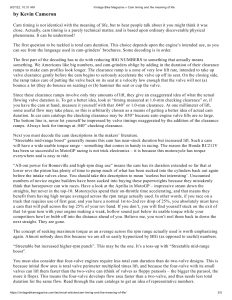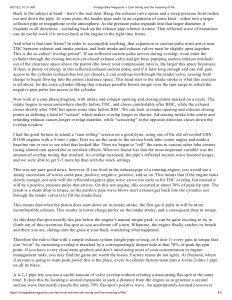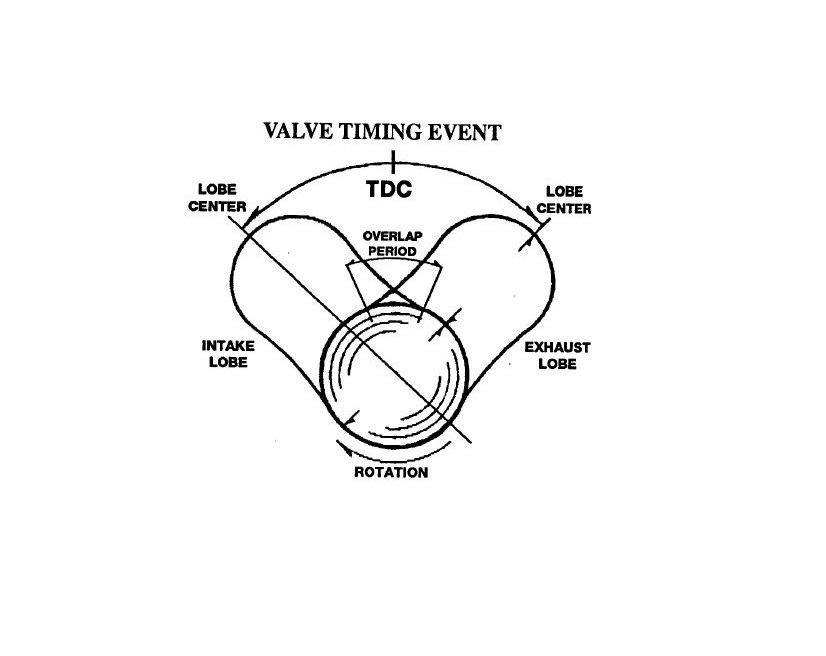TRIUMPH CAMS
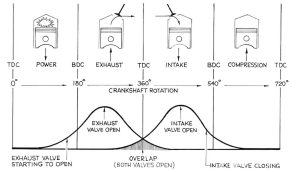
THE FOUR CYCLE ENGINE
Indeed, cam degreeing is simple, but first let’s make sure you have a good understanding of the cam’s function in the four cycle engine. You probably already know the four basic strokes of the four cycle engine: INTAKE, COMPRESSION, POWER, and EXHAUST. Each stroke represents one-half of a revolution of the crankshaft or 180 crank degrees. 4 cycles x 180° = 720° or two revolutions of the crankshaft. Two revolutions complete one sequence of the four strokes. The camshaft is connected via the timing gears or chain at a 1:2 ratio to the crankshaft and therefore revolves once for every two turns of the crank. Its purpose is to operate the intake and exhaust valves in the correct timing with the piston as it sequences thru the four strokes.
EARLY SLOW SPEED ENGINES
In the old days, the first four cycle engine had very short valve timing, but rightfully so because these were slow speed engines. The engineers of the late 1800’s were only concerned with harnessing power of the gasoline and air explosions in an internal combustion engine to propel an automobile, hopefully, a little faster than a horse. They were merely concerned with getting the engines to run at slow speeds. Even in their wildest inspirations they would never have believed that a quarter or half century later, with better structures, these same engines would be revved five times as fast and produce many times more power.
EARLY SLOW SPEED VALVE TIMING
The old valve timing then was: Intake valve opens at T.D.C., and as the piston lowers, it draws in the fuel/air mixture; the intake valve then closes at (B.D.C.) hence, the intake stroke. The piston rises, with both valves closed to compress the fuel/air mixture. hence, the compression stroke. The spark plug fires and ignites the fuel/air mixture which drives the piston down to B.D.C. (again the valves are closed)… hence, the power stroke. Also, the exhaust valve opens at B.D.C. The burnt gases, due to their high pressure, virtually expel themselves, and the piston drives the last of the gases out; the exhaust valve closes at T.D.C.. hence, the exhaust stroke. These early engines had no overlap whatsoever.
BRAZEN EXPERIMENTS WITH LONGER DURATION CAMS
By experimentation, the more progressive cam engineers of the 1910’s and 1920’s discovered that the mid-range and high-speed power could be greatly improved by lengthened valve timing. The stretching of the intake valve timing allowed the engine to breathe deeper and take in greater amounts of air and fuel, thus creating a more powerful explosion in the combustion chamber. An important advantage gained from lengthened valve timing is that the greatly expanded gases are eliminated more efficiently and virtually by their own pressure. Unless these burnt gases are completely expelled from the combustion chambers, they will remain behind to displace and contaminate the incoming fresh fuel/air charge.
VALVE OVERLAP IS DISCOVERED
Lengthening of valve timing in the gasoline engine brought on accidental overlapping of the intake and exhaust valve events. (Both intake and exhaust valves are slightly open at T.D.C. Exhaust stroke/Intake stroke. In the early days, this unintentional overlapping was at first considered detrimental. But much later, it was discovered that a mild scavenging effect was obtained from the overlap event when the exhaust actually pulled some of the intake charge in.
Now 130 years later there have been leaps and bounds made in valve timing technologies. Modern cars have VVT (variable valve timing) controlled by electric solenoids and hydraulic pressure. Though rocker arms are still used, in most cases, to operate the valves. Whatever your opinion on the subject it undeniably fascinating how far we have come from the first IC engine designs.
On our British Motorcycles we will mostly be encountering 1930’s technology as it relates to valve timing and valve angle. Many race tuners have learned to tweak these old machines into high performance race winners.
The following is from several sources. While we wanted to write our own article there are existing articles that would be hard to improve on. So we are going to borrow these and give them due credit for their work. Below are details on Triumph 650 and 750 cams.
Forward complied from several sources – By Nicholas Willcutt
————————————————————————————————————————————————————————-
By John Healy, Vintage Bike Magazine
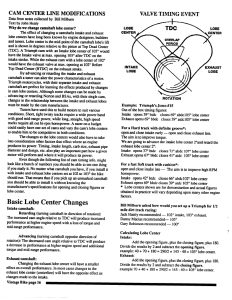
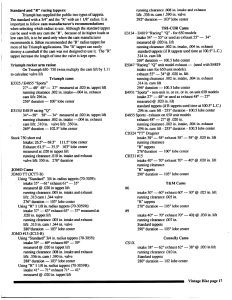
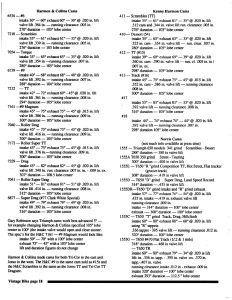
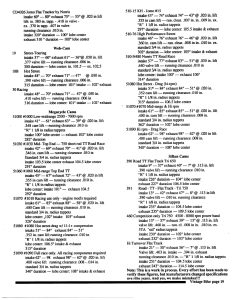
By Kevin Cameron, Vintage Bike Magazine
